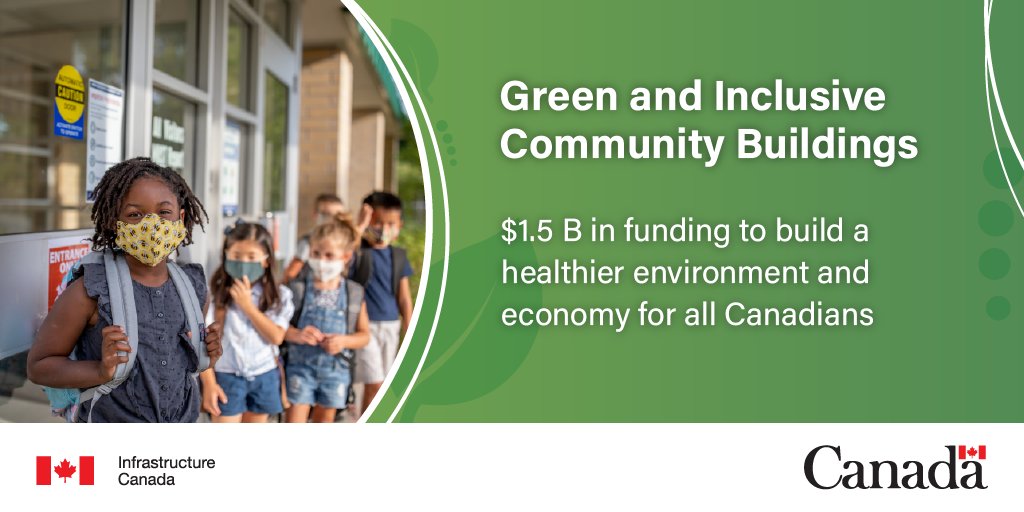
Common spaces define our communities. We rely on public spaces to connect, recreate, and keep us positive. The integrity of those publicly accessible buildings is something that needs to be maintained so all people can access them equally. Similarly, investments need to be made to future proof those community spaces, and keep them functioning at a high level. We also need to reduce their carbon footprint, since many of them are quite large and need substantial energy input. To that end, the Government of Canada has introduced specific funding for such infrastructure, and a significant part of that will end up as community solar government grants.
As part of 2020’s initial $15 billion investment into the Federal’s “A Healthy Environment and a Healthy Economy” plan, up to $1.5 billion has been committed to support community buildings to stay resilient and carbon neutral into the future. A significant part of the program’s mandate is to elevate such spaces to provide access for underserved communities with higher needs, especially Indigenous communities. Investing in these spaces will not just strengthen underserved populations, it will serve our entire country and global community by reducing our greenhouse gas emissions and creating good jobs.

Qualification Criteria
The Government of Canada has the application structure posted on the Infrastructure Canada website. There are some broad qualification guidelines that are useful, as determined from the program’s detailed document. So what type of projects will be awarded grants under this program?
Non-commercial Buildings
The buildings which will receive this funding must be “non-commercial, community-oriented structures and spaces that provide open, available, and accessible community services to the public.”
Higher Needs Communities
One of the program’s specific focuses is on communities that have been underserved by previous governments. Indigenous communities are specifically targeted, and around 10% of this funding has been allocated exclusively for Indigenous communities.
Government and Public Sector
Municipal, provincial, and territorial government owned buildings qualify for this funding, including: municipally owned corporations; provincial or territorial organizations that deliver municipal services; and any other form of local governance such as local service districts. Federally and provincially owned non-profit organizations are included as well.
Indigenous Populations
A wide range of Indigenous governing bodies are eligible recipients: band councils; First Nations, Mètis or Inuit authorities; federal or provincial not-for-profit organizations mandated to serve Indigenous communities; and Indigenous development corporations.
Not Eligible
Commercial and for-profit organizations, cooperatives, individuals, and federal entities including Crown corporations are not eligible for this funding.
Of this broad array of potential community investment, community solar government grants are an ideal target for this type of funding: it reduces greenhouse gas emissions, it stabilizes utility costs against future cost increases, and it grants building owners more control over their electricity production.
Solar Government Grant Opportunities
Retrofit
If a retrofit project is in the works to “renovate, upgrade, or repair a buildingasset in a manner that improves environmental outcomes,” they can apply, provided that the facility is accessible to the public and provides non-commercial services. $860 million of the funding is allocated to retrofits, which can fall into one of three categories:
Small – $100,000 to $250,000 in eligible costs
Medium – $250,000 to $3,000,000 in eligible costs
Large – $3,000,000 to $25,000,000 in eligible costs
Note that this is for eligible costs, not total project budgets.
New Builds
$430 million of funding is for new buildings with $3,000,000 to $25,000,000 in eligible costs
Solar electricity projects can be retrofit onto existing buildings, or incorporated into new building engineering and development projects. Energy efficiency improvements are specifically mentioned and targeted in the Green & Inclusive Community Buildings guidelines.
Applications
Small and medium projects will be approved on a continuous intake basis, while large projects have scheduled intakes which end on July 6, 2021 at 23:59 PST.
Visit the application site on Infrastructure Canada’s website here.

